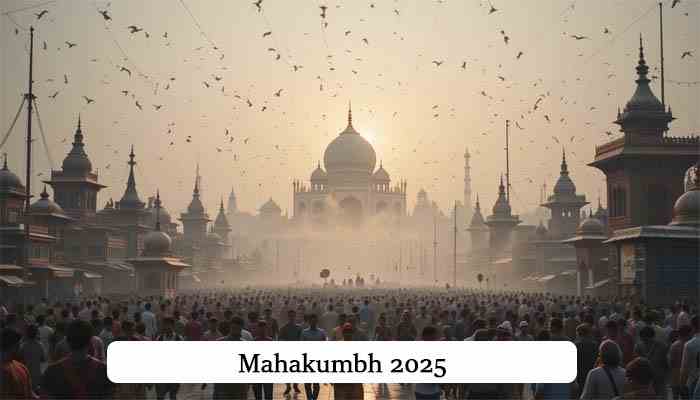What Is Suraj Ka Asli Rang Kya Hai? Discover The Sun’s True Color
Have you ever looked up at the sky and wondered, “suraj ka asli rang kya hai?” Like many of us, I grew up thinking the sun is yellow. After all, that’s how it’s shown in books, cartoons, and even in the sky during the day. But what if I told you the sun’s true color isn’t yellow at all? In fact, the sun is actually white!
In this blog, I’ll take you on a fascinating journey to discover the real color of the sun, why it appears yellow to us here on Earth, and the science behind the stunning colors we see during sunrise and sunset. By the end, you’ll have a clear understanding of this everyday wonder, backed by science and easy-to-grasp explanations.
Why Do We Ask, “Suraj Ka Asli Rang Kya Hai?”
The question “suraj ka asli rang kya hai?” isn’t just a curiosity—it’s a gateway to understanding how light, atmosphere, and human perception work together. Most people, including myself initially, assume the sun is yellow because that’s what we see with our naked eyes.
But the sun emits light across the entire visible spectrum, and its “true” color is a result of how our eyes perceive this light combined with atmospheric effects. Let’s dive deeper into the science.
The Sun’s True Color: It’s White, Not Yellow
When you look at the sun from space, without Earth’s atmosphere interfering, the sun shines as a brilliant white ball. This is because the sun emits all colors of visible light almost equally, which combine to produce white light.
What Does Science Say?
- The sun’s surface temperature is about 5,500 degrees Celsius (9,932 degrees Fahrenheit).
- It emits light across the visible spectrum, from violet to red.
- When combined, these colors create white light.
- Human eyes perceive this combined light as white, not yellow.
So, the answer to “suraj ka asli rang kya hai?” is white.
Why Does the Sun Look Yellow to Us Then?
Here’s where Earth’s atmosphere plays a crucial role. The phenomenon responsible for the sun’s yellowish appearance is called Rayleigh Scattering.
What is Rayleigh Scattering?
- Earth’s atmosphere scatters shorter wavelengths of light (blue and violet) more than longer wavelengths (red, orange, yellow).
- When sunlight passes through the atmosphere, much of the blue light scatters away, leaving the longer wavelengths to reach our eyes directly.
- This scattering makes the sun appear yellow during the day.
A Simple Analogy
Imagine shining a flashlight through a foggy window. The fog scatters some colors more than others, changing how the light looks on the other side. Earth’s atmosphere acts like that fog for sunlight.
Also Check: Holi 2025: Ultimate Guide to India’s Festival of Colors & Joy
The Magic of Sunrise and Sunset Colors
Ever noticed how the sun turns fiery red or orange during sunrise and sunset? This is another atmospheric effect linked to “suraj ka asli rang kya hai?”
- At sunrise and sunset, the sun’s light travels through a thicker layer of atmosphere.
- More blue and green light gets scattered out of the path.
- The remaining light is rich in red and orange hues, painting the sky with spectacular colors.
Sun’s Color vs. Atmospheric Effects
| Aspect | Description | Effect on Sun’s Color |
|---|---|---|
| Sun’s Actual Light Emission | Emits full visible spectrum equally | White light |
| Earth’s Atmosphere (Daytime) | Scatters blue/violet light more | Sun appears yellow |
| Earth’s Atmosphere (Sunrise/Sunset) | Longer path through atmosphere scatters more blue/green | Sun appears red/orange |
| Space View | No atmosphere to scatter light | Sun appears pure white |
My Take on “Suraj Ka Asli Rang Kya Hai?”
After researching and understanding the science, I find it fascinating how much our atmosphere shapes what we see. The sun itself remains constant—white and bright—but our perspective changes with the sky’s conditions.
This question reminds me how often we take everyday phenomena for granted. The next time I watch a sunset or look at the midday sun, I’ll remember that the colors are a beautiful dance of light and atmosphere, not just the sun itself.
FAQs About Suraj Ka Asli Rang Kya Hai?
Q1: Can we see the sun’s true white color from Earth?
A: Not usually, because Earth’s atmosphere always scatters sunlight. However, at very high altitudes or from space, the sun appears white.
Q2: Why is the sky blue if the sun is white?
A: The atmosphere scatters shorter blue wavelengths of sunlight in all directions, making the sky appear blue.
Q3: Does the sun’s color affect Earth’s climate?
A: The sun’s energy output affects climate, but its color is a result of light wavelengths and doesn’t directly impact climate.
Q4: Why do artists often depict the sun as yellow?
A: Yellow is a warm, bright color that symbolizes sunlight and warmth, making it a popular artistic choice.
Conclusion: Understanding the Real Color of the Sun
So, if you’ve been wondering “suraj ka asli rang kya hai?”, now you know the answer: the sun is truly white. The yellow, orange, and red hues we see are gifts from our atmosphere’s interaction with sunlight.
Understanding this not only satisfies our curiosity but also deepens our appreciation for the natural world. The next time you gaze at the sun or a sunset, you’ll see it with new eyes—knowing you’re witnessing a beautiful interplay of light, color, and science.
Ready to explore more amazing science mysteries?
Stay curious, keep asking questions, and don’t forget to share this post with friends who love to learn about the wonders of our universe!
If you enjoyed this deep dive into “suraj ka asli rang kya hai?”, subscribe to my blog for more enlightening content!







